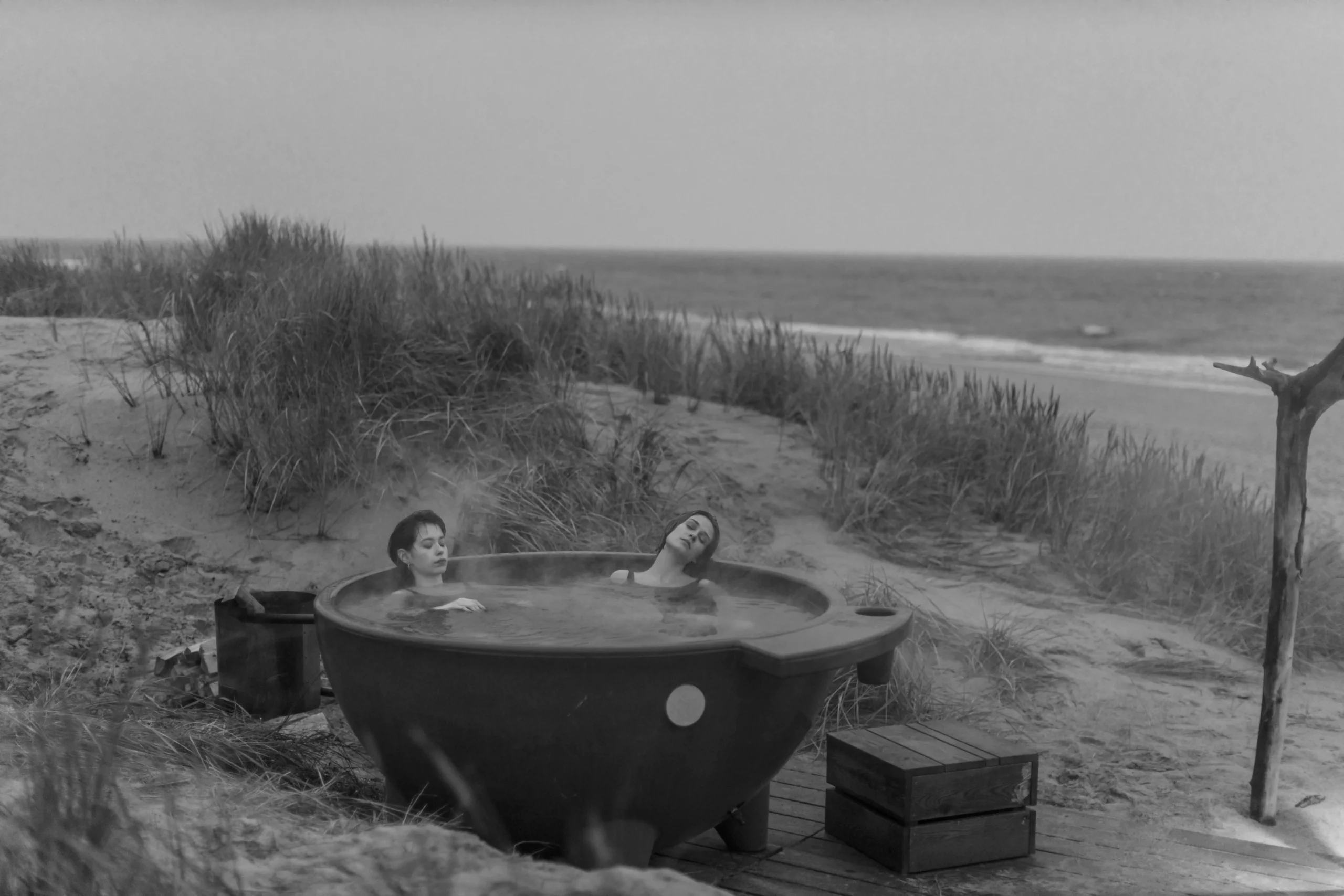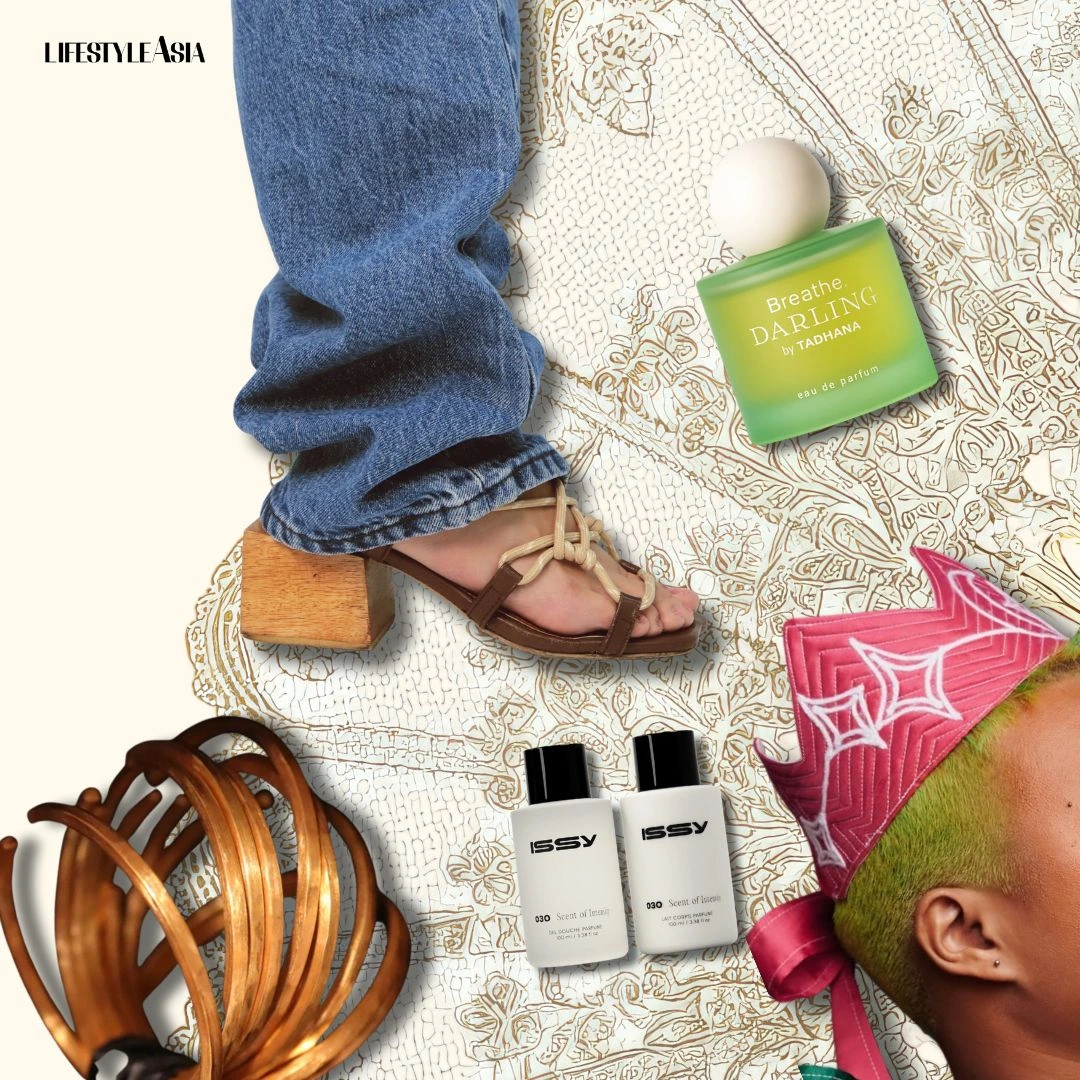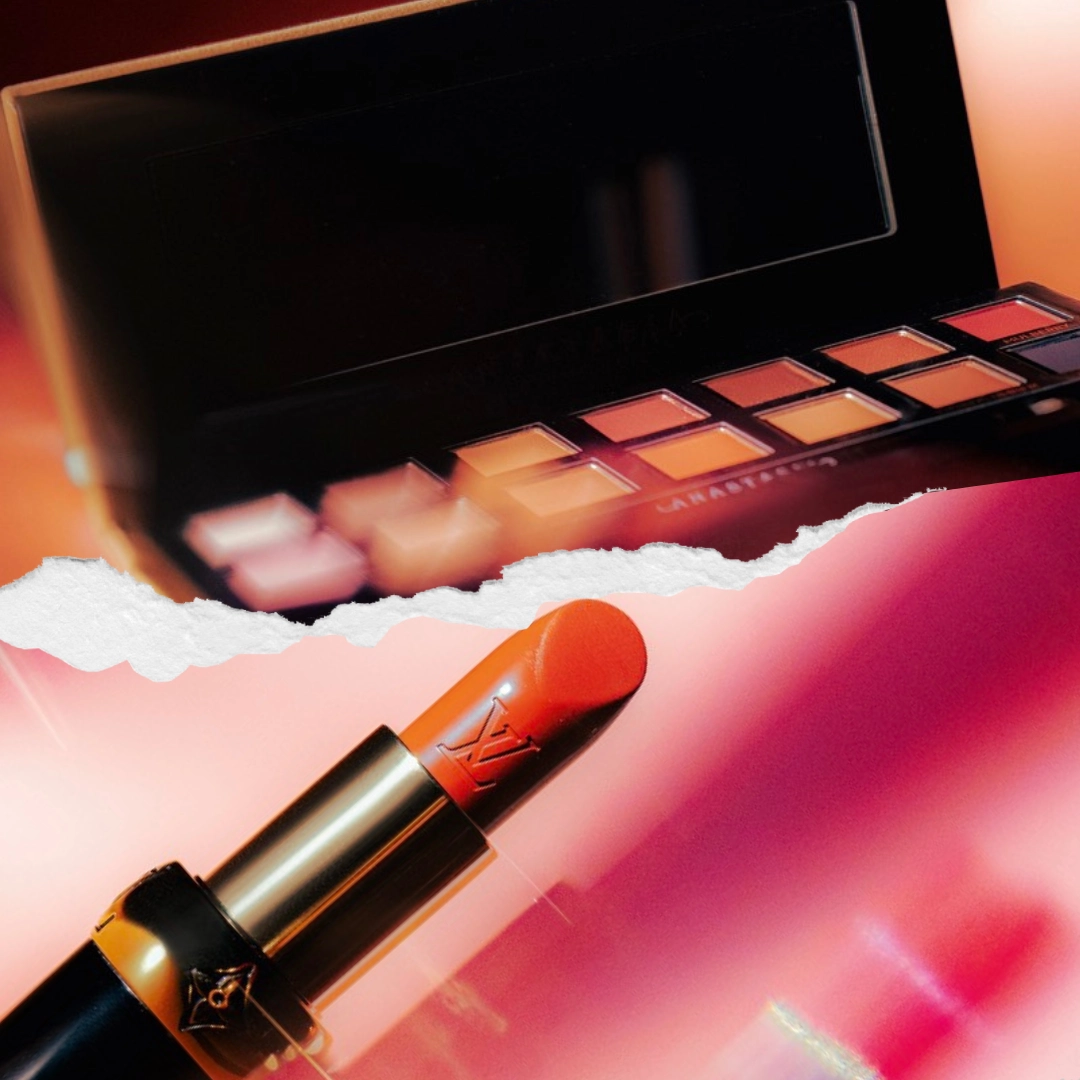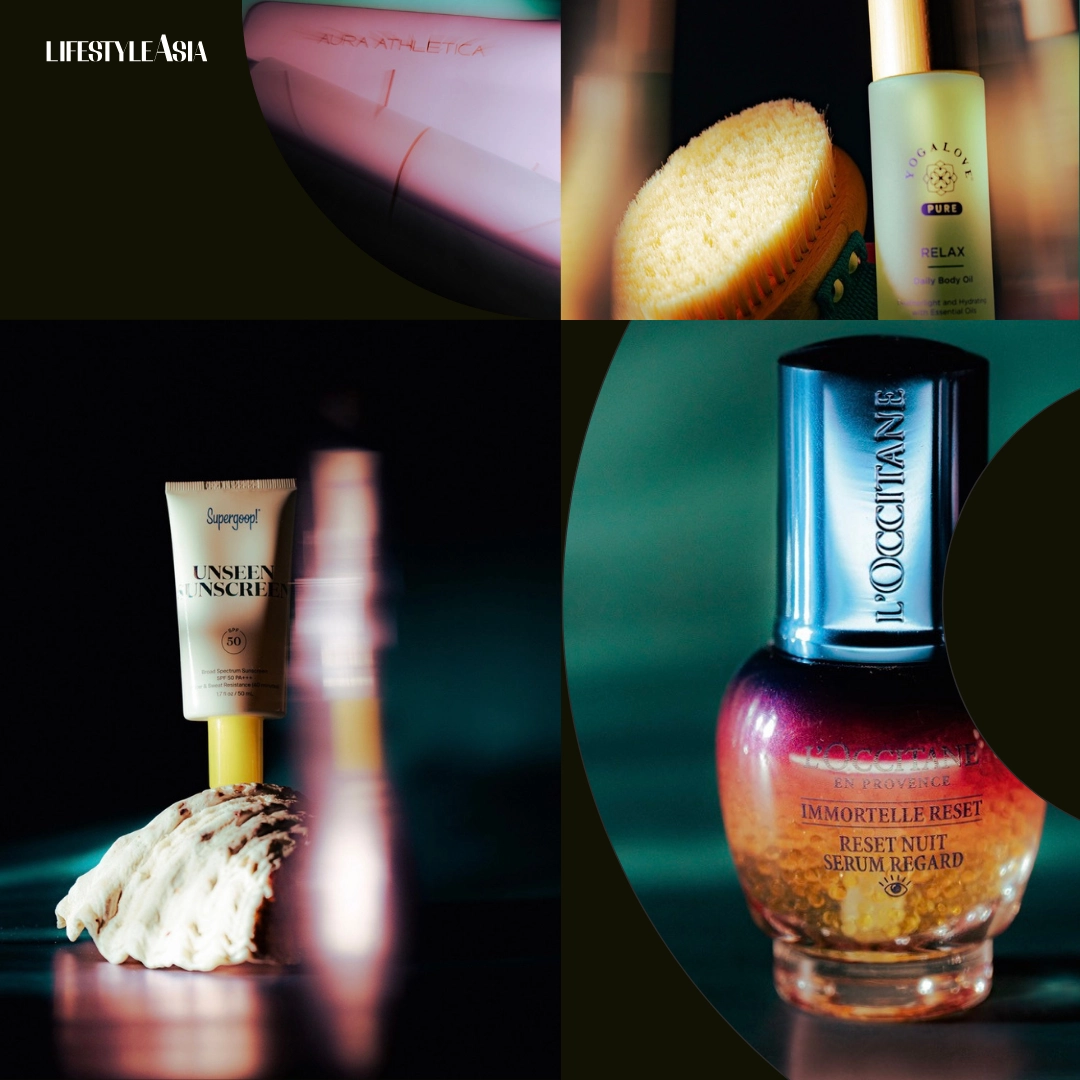Contrast therapy is bringing the powerful recovery benefits of temperature extremes beyond elite athletes to everyday wellness seekers. Alternating between heat and cold offers unique physical and mental advantages that can enhance recovery, mood, and overall health when used correctly.
Among the growing wellness and longevity trends, hot and cold therapy has emerged as—well—the hottest trend in the game. Known as contrast therapy, this method of alternating between hot and cold temperatures has long been used by athletes to recover faster from strenuous physical activity. But now, it’s moving beyond the locker room. While saunas and steam rooms have long been staples at local gyms, hotels, and clubs, a new wave of cold plunge offerings is making this practice more accessible.
So what’s the deal? Should the everyday person be hopping between heat and ice? Is contrast therapy reserved for elite athletes, or can anyone reap the benefits? And most importantly—how does it actually work?
READ ALSO: Mindful Movement: The Pilates Revolution

The Different Forms Of Heat Therapy
Given how hot it is in the Philippines, particularly during the summer season, it’s hard to believe people would voluntarily sit in an even hotter enclosed space for additional health benefits. However, heat therapy has long been a trusted method for recovery and relaxation, and more people are rediscovering its powerful benefits.
One of the key benefits of heat therapy is its ability to relax muscles and promote blood circulation. Heat causes blood vessels to dilate, increasing blood flow to tired or damaged muscles. After intense physical activity, this improved circulation can help speed up muscle repair and reduce soreness. In fact, studies show that heat exposure post-exercise can help muscles recover faster and grow stronger.
Warm water immersion isn’t just good for muscles—it can also aid in sleep. By boosting circulation, raising heart rate, and lowering blood pressure, it prepares the body for restful sleep while calming the mind. Just remember to hydrate well, especially after a workout, as the combination of exercise and heat-induced sweating can lead to dehydration.
Heat therapy comes in many forms—dry heat from traditional or infrared saunas, wet heat from steam rooms, and full-body immersion in hot tubs. In general, dry heat options penetrate deeply into muscles, helping relieve stiffness, tension, and joint pain. Wet heat options can open up pores and airways, making it great for skin hydration and respiratory benefits.

The Truth About Cold Therapy
Cold therapy has long been a go-to remedy for injury recovery—think ice packs on a sprain to reduce swelling and pain. But today, it’s evolved into a full-body wellness trend and practiced through methods like ice baths, cold showers, and cryotherapy chambers.
The core benefit of cold therapy lies in its ability to reduce inflammation. Cold constricts blood vessels, which helps minimize swelling, numbs nerve endings for quick pain relief, and reduces the risk of muscle soreness and injury. This is why it is common to see athletes jump into a cold tub to recover immediately after a hard effort.
Cold therapy offers other physical benefits that make it relevant for everyday people, not just athletes. Cold plunges stimulate the lymphatic system by causing lymph vessels to contract, which helps flush out toxins and waste from the body. At the same time, they improve cardiovascular circulation by forcing the heart to pump more efficiently, sending oxygen-rich blood to vital organs. This dual effect supports detoxification, reduces muscle stress, and enhances overall cardiovascular health. Additionally, cold exposure activates brown fat, which boosts metabolism and helps burn excess calories, supporting weight loss by converting white fat into energy.
But perhaps what makes cold therapy most beneficial to all is its powerful psychological effects. While immersed in cold water, your mind is forced to focus solely on your breath and the sensations of the water. This mental reset can help reduce anxiety, improve mood, and build resilience to stress. Cold exposure also triggers the release of endorphins, mood-elevating chemicals that can help combat symptoms of depression and promote a sense of well-being. Over time, regular cold therapy can enhance mental clarity, sharpen focus, and strengthen willpower, making it not only a physical recovery tool but also a powerful mental wellness practice. An ice-cold bath is not necessary. Even a daily cold shower is enough to trigger these benefits.
READ ALOS: What We Talk About When We Talk About Manifesting

So, Is It Hot Or Cold?
Both hot and cold therapies offer distinct benefits, and the key lies in knowing when and how to use them.
Cold therapy is great for reducing inflammation, boosting mood, and priming the body for a hard workout, but it can constrict blood vessels and, therefore, hinder muscle healing, especially if there is no injury. Heat therapy excels at promoting muscle recovery, improving circulation, and reducing soreness. Timing is key, though—heat therapy is most effective when administered immediately after exercise to prevent elastic muscle damage.
For the best results, contrast therapy—alternating between hot and cold—can be especially effective, helping to stimulate blood flow, reduce muscle swelling, and speed up recovery. A common practice can include starting with 10 to 15 minutes of heat exposure, followed by 2 to 5 minutes of cold, and repeating this cycle for up to an hour. The dilation and constriction of blood vessels can help reduce muscle swelling and promote the healing of strained or damaged muscles. Ultimately, the best choice between hot and cold therapy depends on your specific needs—whether you’re recovering, preparing, or managing performance.
When it comes to hot and cold therapies, it’s important to note that women may need to approach extreme temperatures with caution. Due to hormonal fluctuations and thyroid activity, women often do not need the intense extremes of heat or cold to reap the benefits. Moderate temperatures can provide the same positive effects without the risks associated with extreme exposure.
Additionally, both hot and cold therapies are not recommended for individuals with high blood pressure, heart conditions, autoimmune diseases, children, or pregnant women, as these therapies can place unnecessary stress on the body or interfere with normal physiological functions. It’s essential to tailor the intensity of the therapy to your personal needs and consult with a healthcare professional if you have any underlying conditions.





